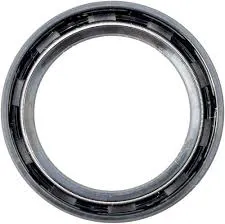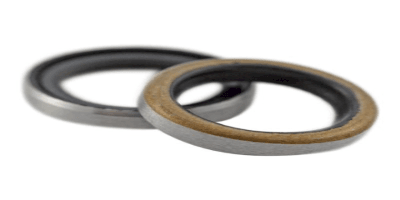heated shawl wrap
-
'>Electric blankets are designed to provide warmth using electricity, but they are generally quite energy-efficient compared to other heating options. The amount of electricity an electric blanket uses depends on several factors, including the blanket's wattage, how long it is used, and the temperature setting.
...




